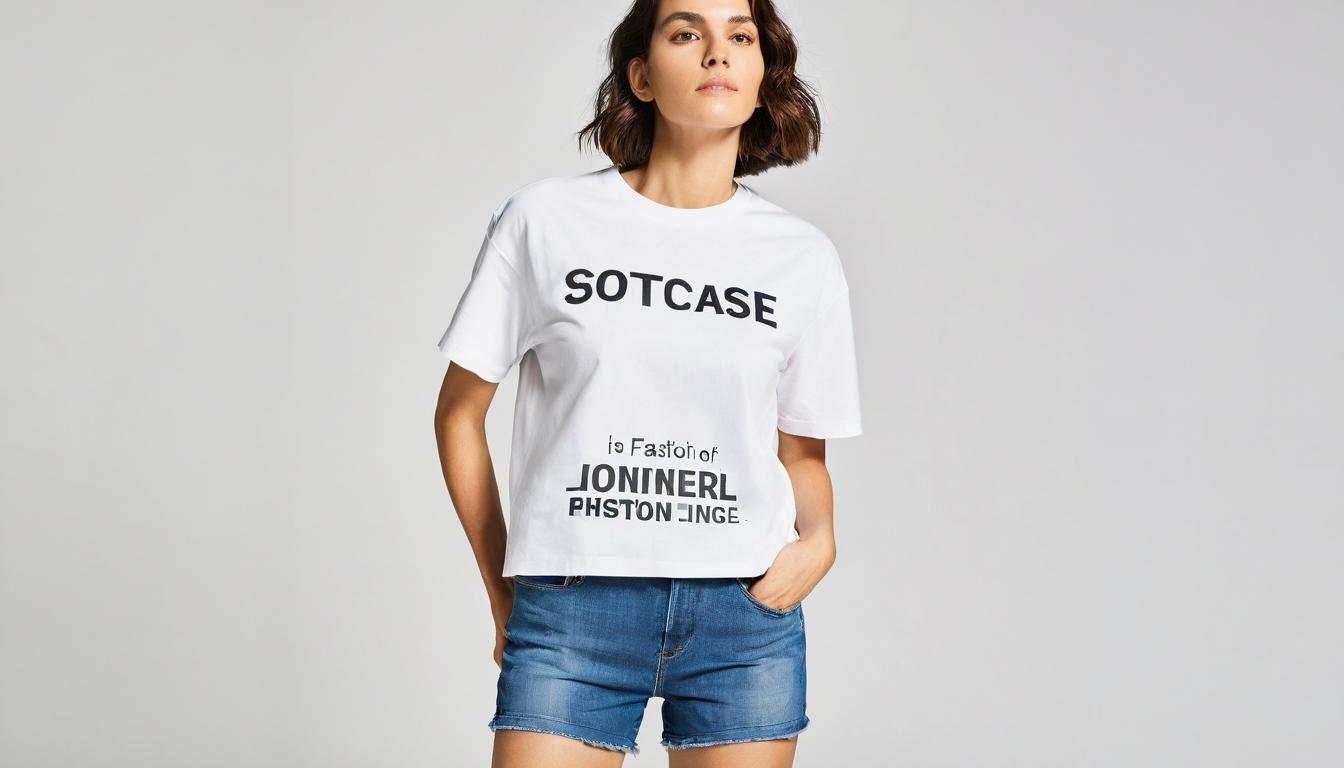In the backstreets of downtown Los Angeles, a different kind of fashion revolution is brewing. While fast-fashion giants continue to dominate headlines with their rapid production cycles and influencer collaborations, a growing contingent of designers, artisans, and conscious consumers are quietly building an alternative ecosystem. This isn't about seasonal trends or viral TikTok moments—it's about clothing that tells stories, pieces that become heirlooms, and a radical reconsideration of what fashion means in an age of climate crisis.
Walking into Elena Rodriguez's studio feels like entering a sanctuary from the fashion industry's relentless pace. The air smells of natural dyes and freshly cut fabric. Rodriguez, who left a lucrative career at a major fashion house five years ago, now creates custom garments that take weeks—sometimes months—to complete. "We've been conditioned to believe that newness equals value," she says, carefully hand-stitching a seam on a linen dress. "But real value comes from connection, from knowing the hands that made your clothes, from wearing something until it becomes part of your story."
The slow fashion movement represents more than just an aesthetic preference—it's a fundamental challenge to fashion's environmental and ethical foundations. The statistics are staggering: the fashion industry produces nearly 10% of global carbon emissions and remains the second-largest consumer of water worldwide. Meanwhile, the average person today buys 60% more clothing than they did two decades ago, while keeping each item for half as long. This consumption pattern has created what environmental activists call "fashion's dirty secret"—a waste crisis of epic proportions.
Yet beneath these sobering realities lies a more complex story about why we buy what we buy. Dr. Anika Patel, a cultural psychologist studying consumer behavior, explains that fast fashion taps into deep psychological needs. "The thrill of the new purchase, the social validation of wearing what's trending, the dopamine hit from scoring a bargain—these are powerful drivers," she notes. "Slow fashion asks us to find those satisfactions elsewhere: in the joy of wearing something that fits perfectly, in the pride of supporting ethical production, in the quiet confidence that comes from developing a personal style rather than chasing trends."
What makes the current slow fashion moment particularly interesting is how it's evolving beyond its early adopters. While once perceived as expensive and inaccessible, sustainable fashion is now appearing at multiple price points and through various business models. Clothing rental services, repair workshops, and secondhand platforms have made conscious consumption more practical for everyday people. Even major retailers are feeling the pressure—several fast-fashion giants have launched sustainability initiatives, though critics question whether these represent genuine change or mere greenwashing.
Perhaps the most compelling aspect of this movement is how it's reshaping our relationship with clothing itself. In Tokyo, a growing community of "visible menders" transforms damaged garments into works of art, celebrating rather than hiding repairs. In London, clothing swap events have become social hubs where fashion enthusiasts trade pieces and stories. In Mexico City, indigenous textile cooperatives are gaining international recognition, preserving cultural traditions while offering economic alternatives to fast fashion's global supply chain.
The challenges remain significant. Sustainable materials often cost more, ethical production requires more time, and changing consumer habits takes more than just good intentions. Yet the people driving this movement—from designers like Rodriguez to the consumers choosing repair over replacement—see themselves as part of something larger than fashion. They're participants in a cultural shift toward mindfulness, toward valuing quality over quantity, toward recognizing that the most revolutionary statement you can make might be wearing the same well-loved coat for the tenth season in a row.
As the sun sets on Rodriguez's studio, she holds up the nearly finished dress. "This isn't just fabric and thread," she says. "It's hours of attention, it's natural materials that will return to the earth, it's a conversation between maker and wearer." In a world saturated with disposable everything, that conversation feels increasingly urgent—and the quiet rebellion of slow fashion suggests we might finally be ready to listen.
The quiet rebellion of slow fashion in a fast-fashion world

